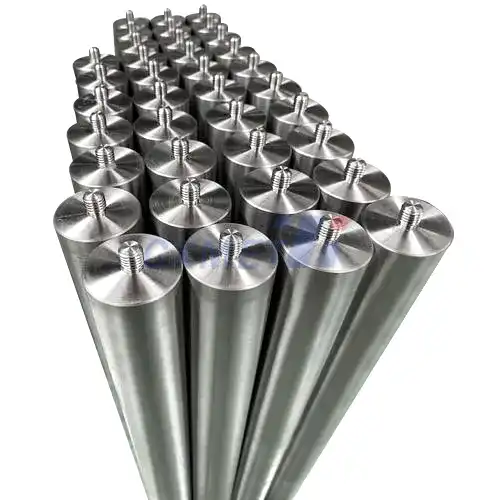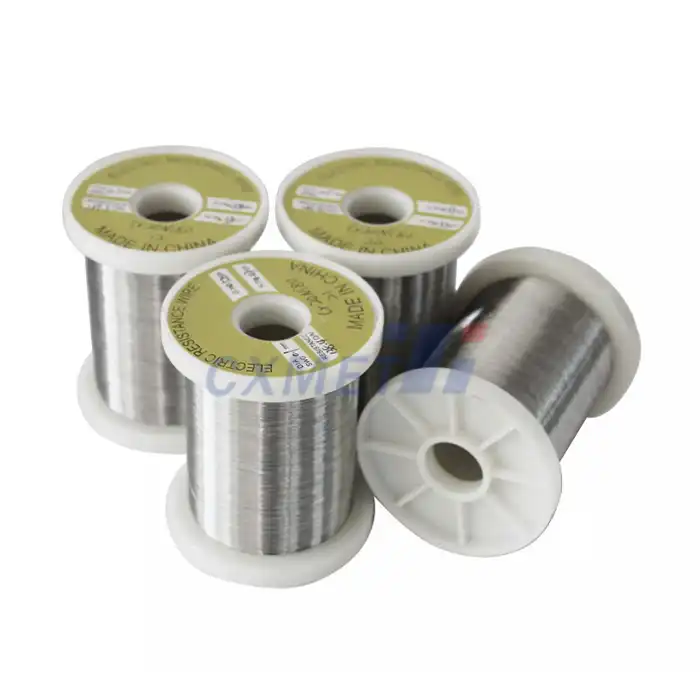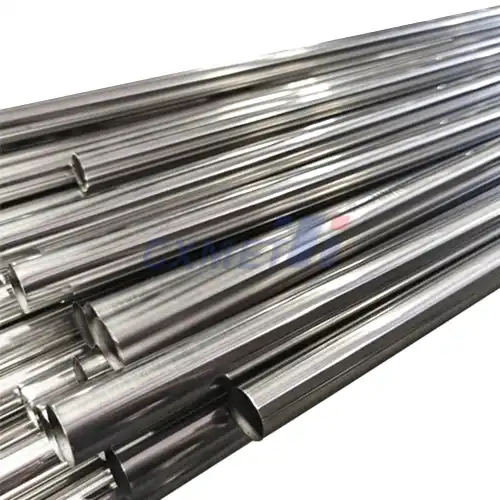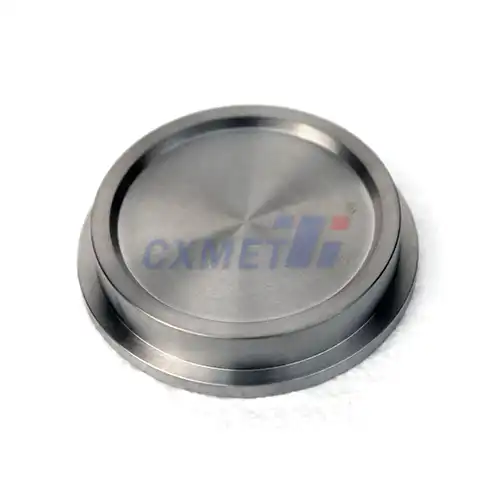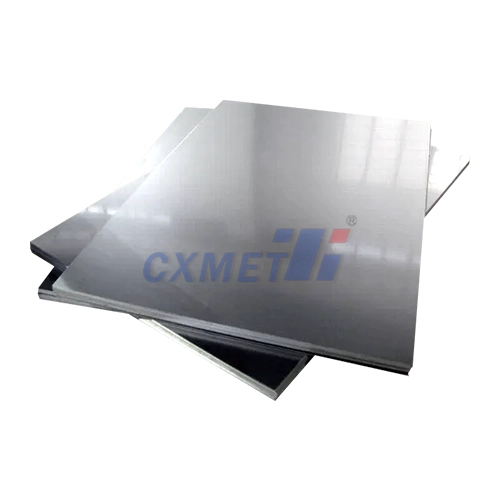- English
- French
- German
- Portuguese
- Spanish
- Russian
- Japanese
- Korean
- Arabic
- Greek
- German
- Turkish
- Italian
- Danish
- Romanian
- Indonesian
- Czech
- Afrikaans
- Swedish
- Polish
- Basque
- Catalan
- Esperanto
- Hindi
- Lao
- Albanian
- Amharic
- Armenian
- Azerbaijani
- Belarusian
- Bengali
- Bosnian
- Bulgarian
- Cebuano
- Chichewa
- Corsican
- Croatian
- Dutch
- Estonian
- Filipino
- Finnish
- Frisian
- Galician
- Georgian
- Gujarati
- Haitian
- Hausa
- Hawaiian
- Hebrew
- Hmong
- Hungarian
- Icelandic
- Igbo
- Javanese
- Kannada
- Kazakh
- Khmer
- Kurdish
- Kyrgyz
- Latin
- Latvian
- Lithuanian
- Luxembou..
- Macedonian
- Malagasy
- Malay
- Malayalam
- Maltese
- Maori
- Marathi
- Mongolian
- Burmese
- Nepali
- Norwegian
- Pashto
- Persian
- Punjabi
- Serbian
- Sesotho
- Sinhala
- Slovak
- Slovenian
- Somali
- Samoan
- Scots Gaelic
- Shona
- Sindhi
- Sundanese
- Swahili
- Tajik
- Tamil
- Telugu
- Thai
- Ukrainian
- Urdu
- Uzbek
- Vietnamese
- Welsh
- Xhosa
- Yiddish
- Yoruba
- Zulu
What is the difference between a Titanium Lap Joint Flange and a regular flange?
2025-05-10 15:42:00
When it comes to industrial piping systems, flanges play a crucial role in connecting pipes, valves, and other equipment. Two types of flanges that often come up in discussions are Titanium Lap Joint Flanges and regular flanges. Understanding the differences between these two is essential for engineers and professionals working in industries such as chemical processing, oil and gas, and water treatment. This blog post will explore the key distinctions between Titanium Lap Joint Flanges and regular flanges, their applications, and the factors to consider when choosing between them.
|
|
|
What are the advantages of using a Titanium Lap Joint Flange?
Titanium Lap Joint Flanges offer several advantages over regular flanges, making them an attractive option for specific applications. One of the primary benefits is their superior corrosion resistance. Titanium is known for its exceptional resistance to various corrosive environments, including saltwater, acids, and chlorides. This property makes Titanium Lap Joint Flanges ideal for use in offshore oil and gas platforms, desalination plants, and chemical processing facilities where exposure to harsh chemicals is common.
Another significant advantage of Titanium Lap Joint Flanges is their high strength-to-weight ratio. Titanium is considerably lighter than steel or other commonly used flange materials, yet it maintains excellent mechanical properties. This characteristic allows for easier handling and installation, reducing labor costs and the need for heavy lifting equipment. The lightweight nature of titanium also contributes to overall weight reduction in piping systems, which can be particularly beneficial in aerospace and marine applications where weight is a critical factor.
Titanium Lap Joint Flanges also offer excellent thermal stability. They maintain their strength and structural integrity across a wide range of temperatures, from cryogenic conditions to high-temperature environments. This property makes them suitable for applications involving extreme temperature fluctuations or consistently high operating temperatures.
The lap joint design of these flanges provides additional benefits. It allows for easier alignment during installation and provides flexibility in accommodating thermal expansion and contraction of the piping system. This design feature can help reduce stress on the piping system and extend the overall lifespan of the installation.
Lastly, Titanium Lap Joint Flanges have a long service life due to their resistance to corrosion and fatigue. While the initial cost may be higher than that of regular flanges, the long-term savings in maintenance, replacement, and downtime can make them a cost-effective choice for many applications.
How does the cost of a Titanium Lap Joint Flange compare to a regular flange?
When considering the cost of Titanium Lap Joint Flanges compared to regular flanges, it's important to look beyond the initial purchase price. At first glance, Titanium Lap Joint Flanges are significantly more expensive than regular flanges made from materials like carbon steel or stainless steel. The high cost of titanium as a raw material, combined with the specialized manufacturing processes required to produce these flanges, contributes to their higher price point.
However, a comprehensive cost analysis should take into account the total lifecycle costs of the flange. Regular flanges, especially those made from carbon steel, may require frequent replacement in corrosive environments or high-temperature applications. The costs associated with downtime, labor for replacement, and potential environmental or safety incidents due to flange failure can quickly add up.
In contrast, Titanium Lap Joint Flanges offer exceptional durability and longevity. Their resistance to corrosion and high temperatures means they can remain in service for extended periods without the need for replacement. This longevity can result in significant savings over time, particularly in industries where downtime is extremely costly, such as oil and gas production or chemical manufacturing.
Additionally, the lightweight nature of titanium can lead to indirect cost savings. The reduced weight of Titanium Lap Joint Flanges can lower transportation costs and simplify installation processes, potentially reducing labor costs and the need for heavy lifting equipment. In applications where weight is a critical factor, such as offshore platforms or aerospace, the use of titanium flanges can contribute to overall weight reduction, leading to improved fuel efficiency or increased payload capacity.
It's also worth considering the potential for cost savings in maintenance. Regular flanges may require frequent inspections, cleaning, and protective coatings to prevent corrosion and ensure proper functioning. Titanium Lap Joint Flanges, on the other hand, typically require minimal maintenance due to their inherent corrosion resistance and durability.
While the upfront cost of Titanium Lap Joint Flanges is higher, the long-term value proposition can make them a more economical choice in certain applications. The decision to use these flanges should be based on a careful evaluation of the specific requirements of the application, including the operating environment, expected service life, and the potential costs associated with flange failure or replacement.
|
|
|
What are the key factors to consider when choosing between a Titanium Lap Joint Flange and a regular flange?
Selecting the appropriate flange for a given application requires careful consideration of various factors. When deciding between a Titanium Lap Joint Flange and a regular flange, several key aspects should be taken into account to ensure the optimal choice for your specific needs.
1. Corrosion Resistance: One of the primary considerations is the corrosiveness of the environment in which the flange will be used. If the application involves exposure to highly corrosive substances or environments, such as seawater, acids, or chlorides, a Titanium Lap Joint Flange may be the superior choice due to its exceptional corrosion resistance. Regular flanges, even those made from stainless steel, may not provide adequate protection in extremely corrosive conditions.
2. Temperature Requirements: The operating temperature range of the system is another crucial factor. Titanium Lap Joint Flanges maintain their mechanical properties across a wide temperature range, from cryogenic to high-temperature applications. If your system experiences extreme temperature fluctuations or consistently high temperatures, titanium flanges may offer better performance and longevity compared to regular flanges.
3. Weight Considerations: In applications where weight is a critical factor, such as aerospace or offshore installations, the lightweight nature of Titanium Lap Joint Flanges can be a significant advantage. The reduced weight can contribute to overall system efficiency and may simplify installation and maintenance procedures.
4. Pressure Ratings: Both Titanium Lap Joint Flanges and regular flanges are available in various pressure ratings. It's essential to ensure that the chosen flange can withstand the maximum operating pressure of your system. While titanium flanges generally offer high strength, the specific pressure requirements of your application should be carefully evaluated.
5. Chemical Compatibility: The compatibility of the flange material with the fluids or gases in your system is crucial. Titanium offers excellent resistance to a wide range of chemicals, making it suitable for many applications in the chemical processing industry. However, it's important to verify the compatibility of titanium with your specific process fluids.
6. Cost Considerations: As discussed earlier, the initial cost of Titanium Lap Joint Flanges is higher than that of regular flanges. However, the long-term cost benefits, including reduced maintenance and longer service life, should be factored into the decision-making process. A lifecycle cost analysis can help determine which option is more economical for your specific application.
7. Installation and Maintenance: Consider the ease of installation and ongoing maintenance requirements. Titanium Lap Joint Flanges may offer advantages in terms of easier alignment and reduced maintenance needs, but they may also require specialized handling and installation procedures.
8. Industry Standards and Regulations: Ensure that the chosen flange complies with relevant industry standards and regulations. Both Titanium Lap Joint Flanges and regular flanges are available in standard sizes and ratings, but it's important to verify compatibility with your specific system requirements and any applicable codes or standards.
9. Availability and Lead Times: The availability of flanges and potential lead times for procurement should be considered, especially for less common materials like titanium. Regular flanges may be more readily available, which could be a factor in time-sensitive projects.
10. Future System Modifications: Consider any potential future modifications or expansions to your system. The flexibility and durability of Titanium Lap Joint Flanges may provide advantages if changes are anticipated in the future.
By carefully evaluating these factors in the context of your specific application, you can make an informed decision between a Titanium Lap Joint Flange and a regular flange. In many cases, the superior properties of titanium flanges may justify their higher initial cost, particularly in demanding environments or critical applications where reliability and longevity are paramount.
At SHAANXI CXMET TECHNOLOGY CO., LTD, we take pride in our extensive product range, which caters to diverse customer needs. Our company is equipped with outstanding production and processing capabilities, ensuring the high quality and precision of our products. We are committed to innovation and continuously strive to develop new products, keeping us at the forefront of our industry. With leading technological development capabilities, we are able to adapt and evolve in a rapidly changing market. Furthermore, we offer customized solutions to meet the specific requirements of our clients. If you are interested in our products or wish to learn more about the intricate details of our offerings, please do not hesitate to contact us at sales@cxmet.com. Our team is always ready to assist you.
|
|
|
References
- ASME B16.5 - Pipe Flanges and Flanged Fittings
- Titanium Information Group. "Titanium in the Chemical Industry." Titanium.org
- Schweitzer, P. A. (2003). Metallic Materials: Physical, Mechanical, and Corrosion Properties. CRC Press
- ASM International. (2000). ASM Specialty Handbook: Nickel, Cobalt, and Their Alloys
- Donachie, M. J. (2000). Titanium: A Technical Guide. ASM International
- Lütjering, G., & Williams, J. C. (2007). Titanium. Springer Science & Business Media
- American Petroleum Institute. (2018). API 6A - Specification for Wellhead and Tree Equipment
- Nayyar, M. L. (1999). Piping Handbook. McGraw-Hill Education
- Peters, M., Kumpfert, J., Ward, C. H., & Leyens, C. (2003). Titanium alloys for aerospace applications. Advanced Engineering Materials, 5(6), 419-427
- Schutz, R. W., & Watkins, H. B. (1998). Recent developments in titanium alloy application in the energy industry. Materials Science and Engineering: A, 243(1-2), 305-315






